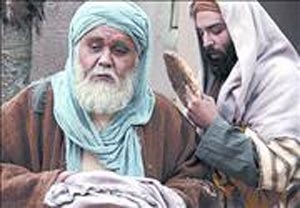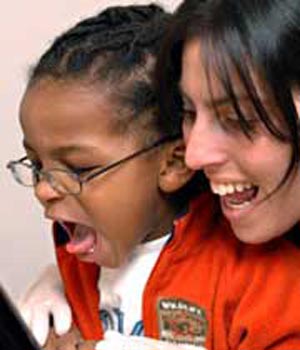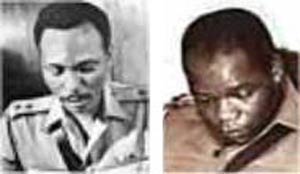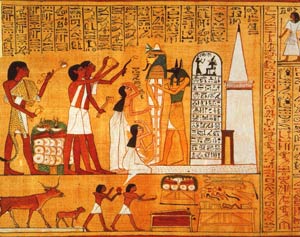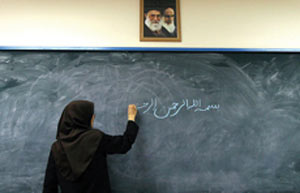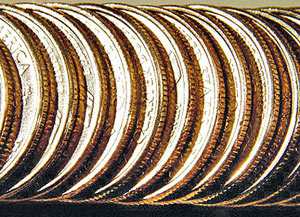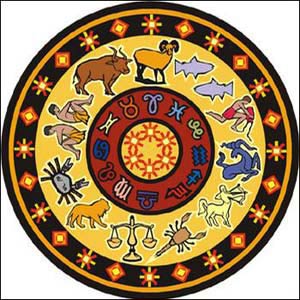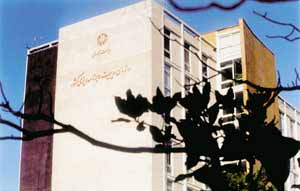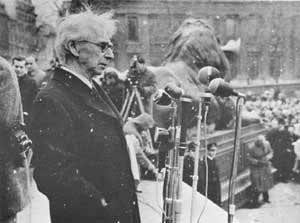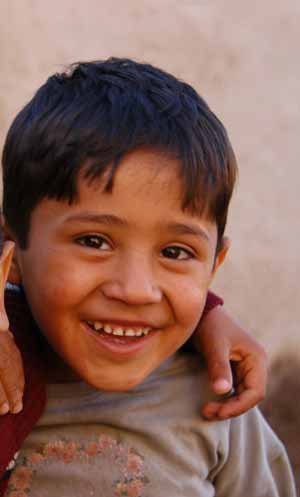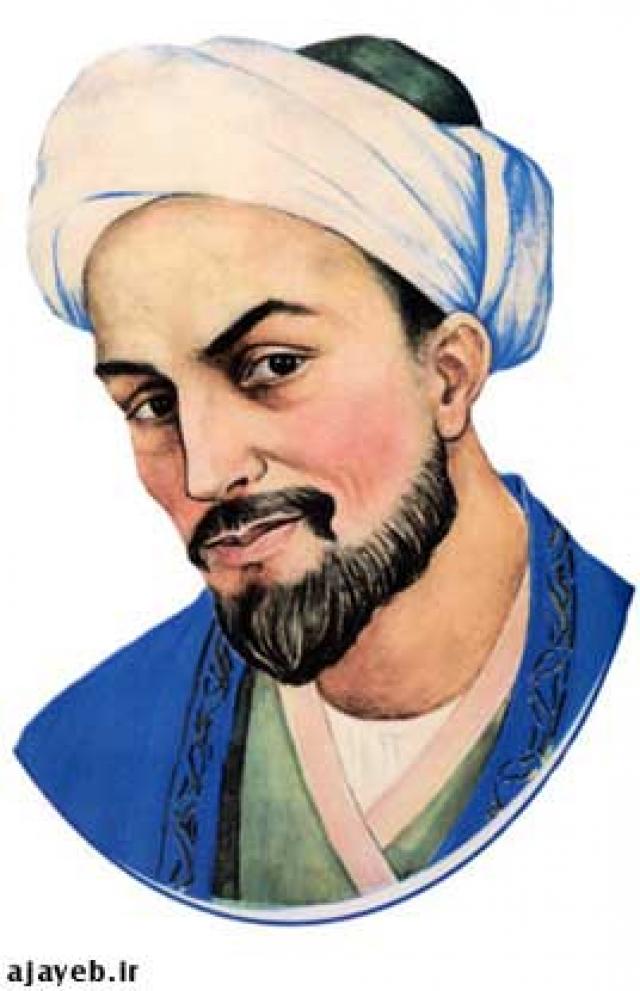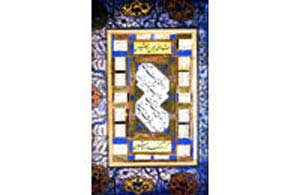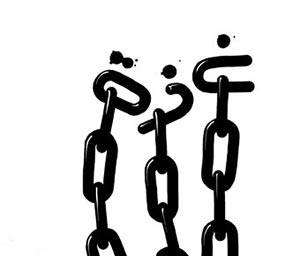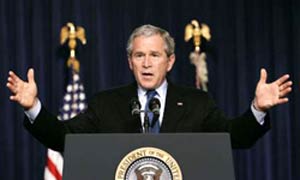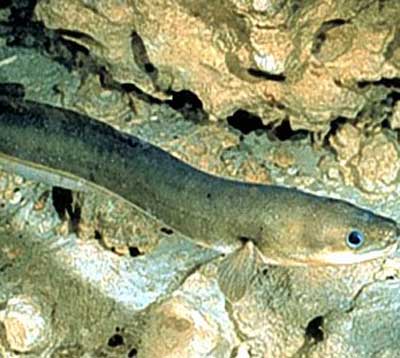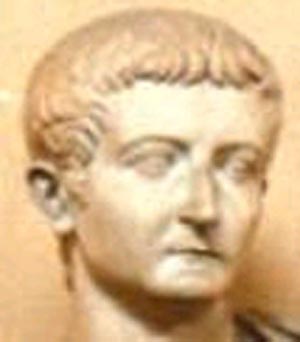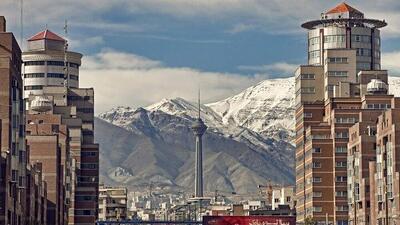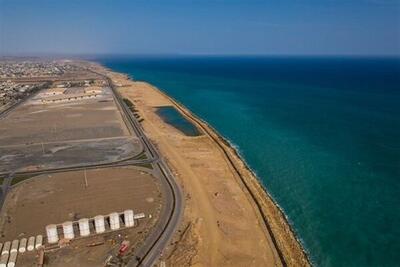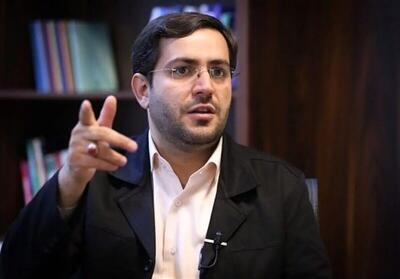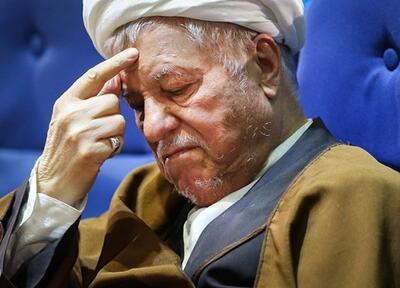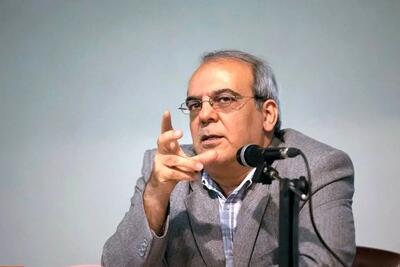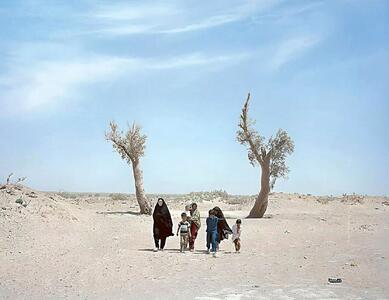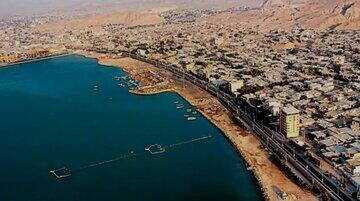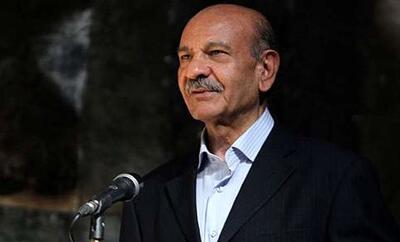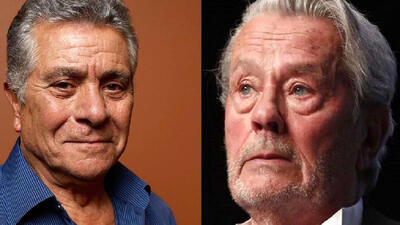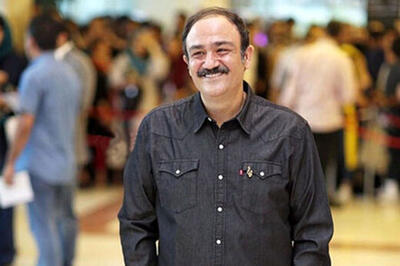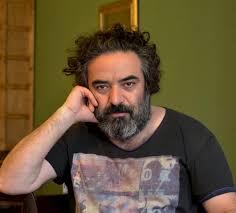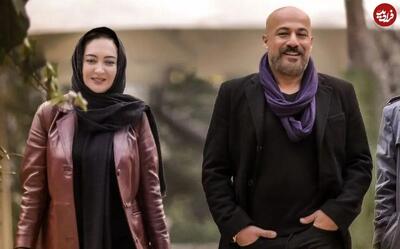جمعه, ۲۱ دی, ۱۴۰۳ / 10 January, 2025
مجله ویستا
کارگاه ترجمه اسپانیایی(1): فتح امریکا به دست اسپانیا
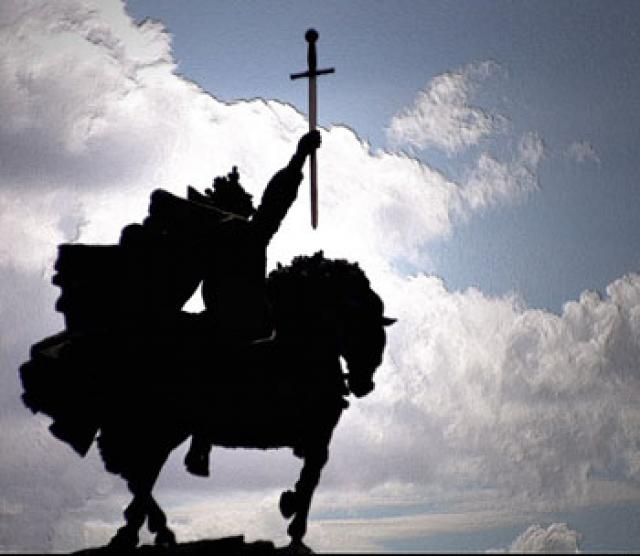
...
متن زیر مقدمه کوتاهی بر فتح امریکا به دست اسپانیایی ها است که ابتدا به زبان اسپانیایی و سپس به زبان انگلیسی می آید و علاقمندان به آموزش زبان اسپانیایی می توانند با ترجمه متن نخست و مقایسه اش با متن انگلیسی زبان خود را تقویت کنند.
Spanish Text
En los albores de la edad moderna, la corona española emprendió la exploración y asentamiento de lo que son hoy los Estados Unidos desde su experiencia única de siete siglos de lucha contra los musulmanes que habían conquistado España en el año 711 de nuestra era. Durante este periodo de reconquista, los españoles desarrollaron maneras de enfrentarse a otros pueblos diferentes a ellos y de justificar las guerras contra los mismos. La consolidación de España permitió a la reina Isabel (1451-1504) financiar el viaje de Cristóbal Colón al Nuevo Mundo.
Armados con un sentido del bien y del mal del siglo XV y seguros de su identidad como cristianos, los españoles emprendieron la evangelización y conquista de las tierras recién conquistadas. Pero tenían que seguir ciertas reglas antes de comenzar las hostilidades.
Los españoles diligentemente leían el Requerimiento antes de cada batalla. Este documento estipulaba que si el enemigo aceptaba al rey de España como su soberano y al cristianismo como su religión, los españoles no les declararían la guerra. Algunos pueblos indígenas de América aceptaron estas condiciones pacíficamente y se convirtieron en súbditos españoles. Los monarcas españoles fueron capaces de transplantar su lengua, su cultura, su religión y su sistema legal a una buena parte de las Américas.
Empezando con los memorables viajes de Cristóbal Colón al Caribe (1492-93; 1493-96; 1498-1500; 1502-04) la religión iba ligada con la exploración. Los españoles exploraron y se asentaron parcialmente en más de la mitad de lo que son hoy los Estados Unidos.
Los españoles fueron los primeros en trazar las costas del Atlántico y del Pacífico y contribuyeron en gran medida a un mejor conocimiento del interior de Norteamérica. En 1513, Juan Ponce de León desembarcó en la Florida. Más tarde exploraron la costa atlántica por el norte hasta Virginia y de Massachussetts a Maine.
Alvar Núñez Cabeza de Vaca llegó a Florida en 1527 y con tres compañeros, incluyendo un afro-español, Estebanico, cruzaron el país por tierra hasta llegar a la Bahía de California en 1536.
Otros exploradores españoles importantes fueron Francisco Vázquez de Coronado, que exploró el suroeste entre 1540 y 1542, y Hernando de Soto, que descubrió el río Misisipi en 1541. Al año siguiente, Juan Rodríguez Cabrillo exploró la costa del Pacífico, convirtiéndose en el primer europeo en ver el Puerto de San Diego, continuando por el norte hasta llegar a Punto Reyes. Cabrillo murió en 1543, pero su expedición continuó hasta lo que es hoy la frontera entre California y Oregón y después por unas 1.200 millas más hasta Alaska. Sebastián Vizcaíno repitió este viaje en 1602-03, dando nombres a los lugares de la región. Juan de Oñate exploró y estableció asentamientos permanentes en Nuevo México en la década de 1590. La exploración continuó bien entrados ya en la década de 1760 con la fundación de misiones y asentamientos permanentes en California.
________________________________________
1. El Patio de los Leones de la Alhambra es un ejemplo de las maravillas arquitectónicas del periodo musulmán español.
2. El drama (Historia Baetica) en prosa latina de Carlo Verardi, inspirado en la conquista de Granada, forma la primera parte de este homenaje al rey Fernando. Este trabajo también incluye la traducción de Leandro di Cosco de la carta de Cristóbal Colón a Rafael Sánchez sobre el descubrimiento de América.
3. La consolidación de España en este periodo permitió a la reina Isabel financiar los viajes de Colón al Nuevo Mundo.
English Translation
At the dawn of the modern age, the Spanish Crown approached the exploration and settlement of the territory of what is today the United States, from the unique experience of seven centuries of struggle against the Moors, the Muslims who had conquered Spain in 711. During this period of reconquest, Spaniards developed ways of approaching peoples different from themselves and of justifying the struggle with such peoples. The consolidation of Spain allowed Queen Isabella (April 22, 1451-November 26, 1504) to finance Christopher Columbus’ journey to the New World.
Armed with a 15th-century sense of right and wrong and secure in their identity as Christians, the Spanish set out to Christianize and conquer the newly discovered lands. They were required to follow certain procedures before they could begin hostilities.
Spaniards dutifully read the Requerimiento before every battle that they fought. This document stated that if the enemy agreed to accept the king of Spain as their monarch and Christianity as their religion, the Spaniards would not go to war against them. Some indigenous peoples in America peacefully accepted these conditions and became subjects of Spain. Spanish rulers thus succeeded in transplanting their language, culture, religion, and legal system to a large part of the Americas.
Starting with Christopher Columbus’ momentous voyages to the Caribbean (1492-93; 1493-96; 1498-1500; 1502-04), religion went hand-in-hand with exploration. Spaniards explored and partially settled more than half the present-day United States.
Spaniards were the first Europeans to map the Atlantic and Pacific coasts and contributed greatly to the knowledge of the interior of North America. In 1513 Juan Ponce de León landed in Florida. They later explored the Atlantic Coast as far north as Virginia and from Massachusetts to Maine.
Alvar Núñez Cabeza de Vaca arrived in Florida in 1527 and with three companions, including an African Spaniard, Estebanico, made their way overland to the Bay of California in 1536.
Other important Spanish explorers were Francisco Vázquez de Coronado, who explored the Southwest from 1540-42, and Hernando de Soto, who discovered the Mississippi River in 1541. The following year, Juan Rodríguez Cabrillo explored the Pacific Coast, becoming the first European to see San Diego Harbor and continuing as far north as Point Reyes. Cabrillo died in 1543, but his expedition continued to the present-day California-Oregon border and then some 1,200 miles to Alaska. Sebastián Vizcaíno repeated this journey in 1602-03, giving permanent place names to the area. Juan de Oñate explored and settled permanent communities in New Mexico in the 1590s. Exploration continued into the 1760s with the Spanish founding permanent missionary settlements in California.
________________________________________
1. The Patio of the Lions in the Alhambra in Granada is an example of the splendid architectural wonders from the Muslim time of Spain. Granada fell to the Christians in 1492.
2. The drama (Historia Baetica) in Latin prose by Carlo Verardi forms the first part of this homage to King Ferdinand and was inspired by the Spanish conquest of Granada. This work also includes Leandro di Cosco’s Latin translation of Columbus’ letter to Raphael Sánchez concerning the discovery of America.
3. The consolidation of Spain at this time allowed Queen Isabella to finance Columbus’ journeys to the New World.
ایران مسعود پزشکیان دولت چهاردهم پزشکیان مجلس شورای اسلامی محمدرضا عارف دولت مجلس کابینه دولت چهاردهم اسماعیل هنیه کابینه پزشکیان محمدجواد ظریف
پیاده روی اربعین تهران عراق پلیس تصادف هواشناسی شهرداری تهران سرقت بازنشستگان قتل آموزش و پرورش دستگیری
ایران خودرو خودرو وام قیمت طلا قیمت دلار قیمت خودرو بانک مرکزی برق بازار خودرو بورس بازار سرمایه قیمت سکه
میراث فرهنگی میدان آزادی سینما رهبر انقلاب بیتا فرهی وزارت فرهنگ و ارشاد اسلامی سینمای ایران تلویزیون کتاب تئاتر موسیقی
وزارت علوم تحقیقات و فناوری آزمون
رژیم صهیونیستی غزه روسیه حماس آمریکا فلسطین جنگ غزه اوکراین حزب الله لبنان دونالد ترامپ طوفان الاقصی ترکیه
پرسپولیس فوتبال ذوب آهن لیگ برتر استقلال لیگ برتر ایران المپیک المپیک 2024 پاریس رئال مادرید لیگ برتر فوتبال ایران مهدی تاج باشگاه پرسپولیس
هوش مصنوعی فناوری سامسونگ ایلان ماسک گوگل تلگرام گوشی ستار هاشمی مریخ روزنامه
فشار خون آلزایمر رژیم غذایی مغز دیابت چاقی افسردگی سلامت پوست
